
A pretty pastoral scene in Brittany ... except there's something not right about those trees.
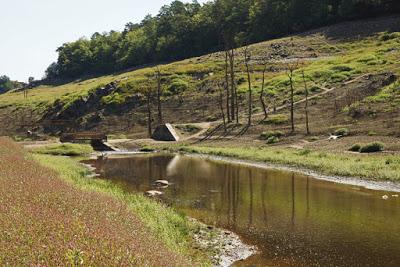
A jetty leads nowhere.
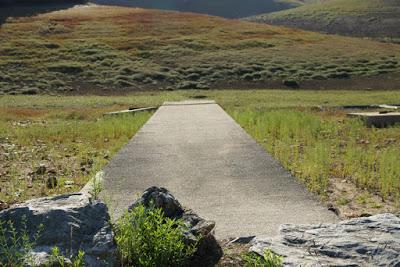
Landing stages stretch out into the void.
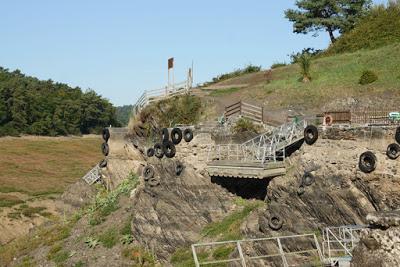
This is the Lac de Guerledan, a 300-hectare freshwater lake formed by the building of a hydroelectric barrage in the 1920s. At the time, the scattered rural population had little access to - or apparent interest in - electricity. However, if the towns were to be supplied then a Breton source of power was needed - and the dam was proposed. Ground was broken in 1923, and the construction site formally opened in 1924, although work would not be completed until 1930.

While much maintenance can be carried out on a regular basis, some tasks require the emptying of the lake. It used to be a ten-yearly event, but improvements in technology mean that it's thirty years since the last emptying; and it will be at least as long until the next one. This, then, was a once-in-a-lifetime opportunity to stroll along the lake bed.
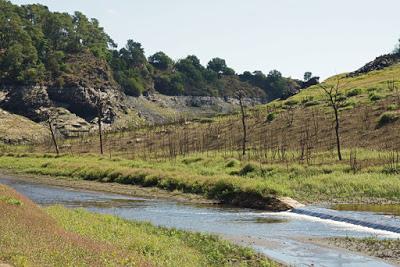
Drowned homes and orchards have reappeared for the summer.
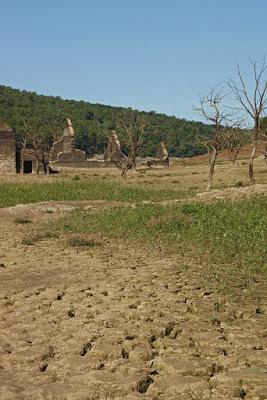
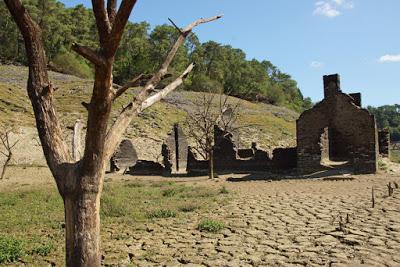
The locks, now dry, are a reminder that before the lake was formed, the Nantes-Brest Canal ran through. (For this stretch, it followed the course of the river Blavet.)
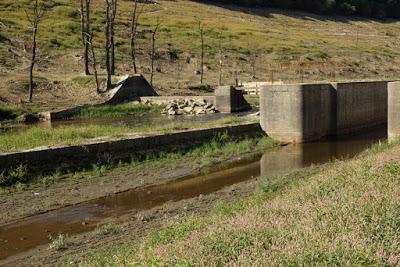
The cause of this transformation, the barrage is undergoing a complete technical examination to ensure its long-term safety. Works can be carried out more easily, and otherwise-inaccessible areas inspected.
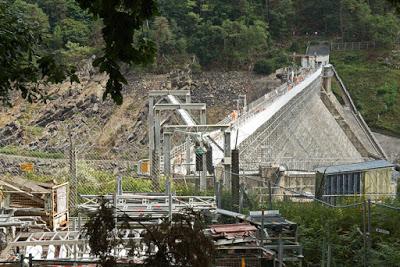
The lake will refill naturally from the end of the summer. In the meantime, however, it offers one of Brittany's strangest landscapes.


